Explore Mandalgovi - Mongolia Travel, Asia
Nestled in the heart of Central Mongolia, Mandalgovi stands as the vibrant capital of the Dundgovi Province. This charming town, often referred to as the gateway to the Gobi Desert, offers a unique blend of rich history, cultural heritage, and breathtaking landscapes. Whether you're an avid traveler or a curious explorer, Mandalgovi presents an opportunity to immerse yourself in Mongolia's diverse and fascinating traditions.
Population: Approximately 12,000 in 2017.
Economy: Mandalgovi's economy is primarily driven by livestock farming, mining, and small-scale agriculture. The town serves as a regional hub for trade and services, supporting the surrounding rural communities.
Landmarks: Famous for the Govi-Altai Mountains, Mandalgovi Museum, and Khulun Lake.
Mongolia

Overview of Mandalgovi
History & Culture Influence
Mandalgovi's history is deeply intertwined with the grand tapestry of Mongolia's past. Founded in the early 20th century, the town served as a key administrative and trade center during the era of Soviet influence in Mongolia. Today, it stands as a testament to Mongolia's journey through time, preserving a rich cultural legacy that reflects both ancient nomadic traditions and modern developments. Mandalgovi is a living museum of Mongolian heritage, where the age-old practices of nomadic life are still celebrated. The influence of historical figures and events is palpable, offering visitors a glimpse into the evolution of Mongolian society and culture.
Interaction with The Locals
Mandalgovi, the capital of Dundgovi Province in Mongolia, has a population of approximately 12,000 residents. The town's citizens are predominantly of Mongolian ethnicity, reflecting the country’s rich cultural heritage. The local community is known for its warm hospitality and strong adherence to traditional Mongolian customs. As a hub in central Mongolia, Mandalgovi's population enjoys a blend of nomadic traditions and modern influences, contributing to a unique and vibrant local culture.
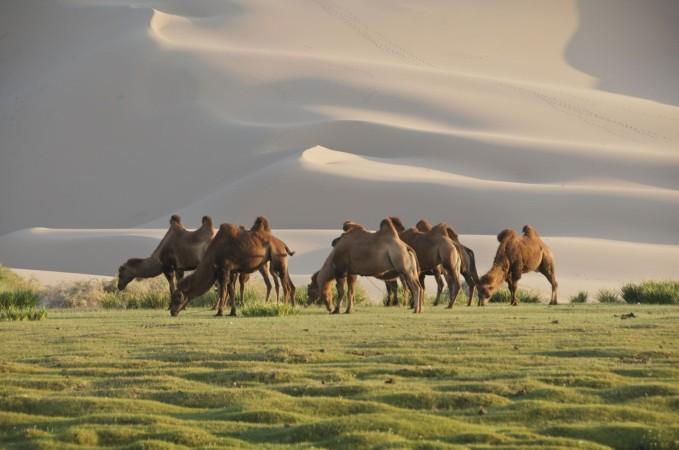
Mandalgovi's natural beauty - © Britannica
Top Attractions in Mandalgovi
Mandalgovi is a treasure trove of attractions, each offering a unique glimpse into Mongolia's rich heritage and stunning natural beauty. Each of these attractions adds depth to Mandalgovi’s appeal, offering diverse experiences that cater to a wide range of interests.
- Mandalgovi Museum: A cultural gem, this museum provides an in-depth look at the town’s history and heritage. The exhibits include ancient artifacts, traditional costumes, and displays on the nomadic lifestyle that has shaped the region.
- Govi-Altai Mountains: These majestic mountains offer breathtaking views and a range of outdoor activities. Popular for hiking and trekking, the Govi-Altai region is renowned for its dramatic landscapes and unique geological formations.
- Khulun Lake: Located a short drive from Mandalgovi, Khulun Lake is a serene spot ideal for picnics, bird-watching, and tranquil walks along the shore. The lake's calm waters and surrounding scenery make it a perfect escape into nature.
- Dundgovi Provincial History Museum: Situated in Mandalgovi, this museum delves into the broader history of Dundgovi Province, showcasing artifacts and exhibits that highlight the region’s historical and cultural evolution.
- Mandalgovi’s Traditional Market: Experience the local culture firsthand at Mandalgovi’s bustling market. You may discover a wide range of local crafts, traditional apparel, and fresh vegetables. It's a wonderful area to mingle with people and buy souvenirs.
- Khar Us Lake: Known for its picturesque beauty and abundant wildlife, Khar Us Lake is another must-visit spot. The lake is a refuge for birdwatchers and environment lovers, with picturesque vistas and tranquil settings.
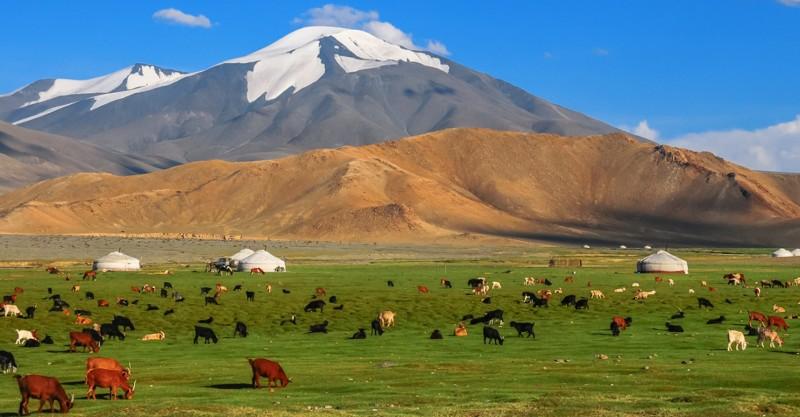
Govi-Altai Mountains - © Mongolia Tourism
Must-Try Dishes in Mandalgovi
When visiting Mandalgovi, indulging in local cuisine is a must. The town's cuisine showcases traditional Mongolian dishes that reflect its nomadic heritage with many local eateries and markets in Mandalgovi offering these dishes, providing an authentic taste of Mongolian cuisine.
- Borkhi (Mongolian Beef Stew): This hearty stew is made with tender beef, potatoes, carrots, and a rich broth. Often seasoned with traditional spices, it's a comforting dish that highlights the region's love for flavorful, filling meals.
- Buuz (Mutton Dumplings): A staple in Mongolian cuisine, Buuz are steamed dumplings filled with seasoned minced mutton. These delicious delicacies are frequently consumed during festivals and parties.
- Khuushuur (Mongolian Barbecue): Khuushuur are deep-fried meat pies that are crispy on the outside and juicy on the inside. They are typically filled with minced beef or mutton and seasoned with onions and spices.
- Suutei Tsai (Mongolian Milk Tea): This traditional drink consists of tea, milk, and a bit of salt. It's a daily staple for many Mongolians and provides a warm, comforting experience.
- Tsuivan (Mongolian Stir-Fried Noodles): Tsuivan is a flavorful noodle dish stir-fried with meat and vegetables. It's a popular choice for its savory taste and hearty texture.
- Aaruul (Dried Curd): Aaruul is a traditional Mongolian snack made from fermented and dried curd. It has a tangy flavor and is often enjoyed with tea or as a protein-rich snack.

Tsuivan (Mongolian Stir-Fried Noodles) - © TasteAtlas
Festivals & Local Celebrations
Mandalgovi's festivals and local celebrations offer a vibrant glimpse into Mongolian culture. These festivals provide an opportunity to witness and participate in traditional Mongolian customs and celebrations. Attending these events will give you a deeper appreciation for Mandalgovi’s cultural heritage.
Naadam Festival
Naadam, Mongolia's most famous festival, takes place in mid-July and features "The Three Manly Games" of wrestling, horse racing, and archery. In Mandalgovi, the festivities are marked by vibrant parades, traditional music, and dance performances. The event draws locals and tourists alike, offering a lively atmosphere where visitors can witness and even participate in age-old customs.
Tsagaan Sar (Lunar New Year)
Tsagaan Sar, celebrated in February, is Mongolia's Lunar New Year and a significant family holiday. Mandalgovi residents prepare by cleaning their homes, making traditional foods, and dressing in their finest attire. The celebration includes visiting relatives, sharing festive meals, and exchanging gifts. Visitors during this time can experience the warm hospitality of the locals and learn about the customs surrounding this important cultural event.
Eagle Hunting Festival
Held in the fall, the Eagle Hunting Festival is a unique celebration of the ancient tradition of eagle hunting. While the main festival occurs in Western Mongolia, Mandalgovi hosts smaller, local versions where trained eagles demonstrate their hunting prowess. The event also includes traditional Mongolian games and cultural performances, offering a glimpse into the nomadic heritage.

Naadam Festival - © CNN
What to Do in Mandalgovi
Mandalgovi offers a range of activities that cater to diverse interests, from outdoor adventures to cultural experiences. These activities offer a comprehensive experience of Mandalgovi’s natural beauty and cultural richness, making your visit memorable and enriching.
- Hiking and Trekking Altai Mountains: Explore breathtaking routes throughout the Govi-Altai Mountains and the surrounding environments. The rugged terrain offers various hiking routes with stunning views and opportunities to connect with nature.
- Camel Riding in Gobi Desert: Camel riding is a traditional means of transportation in the Gobi Desert. This unique activity provides a glimpse into the nomadic lifestyle and allows you to traverse the vast desert landscapes.
- Cultural Tours: Join guided tours to learn about Mandalgovi’s history and culture. Visit local museums, historical sites, and traditional craft workshops to gain insights into the region’s heritage.
- Wildlife Viewing: The area around Mandalgovi is home to diverse wildlife. Birdwatching and wildlife tours offer opportunities to observe native species in their natural habitat.
- Exploring Local Markets: Wander through Mandalgovi’s traditional markets to experience local life. Shop for handmade crafts, traditional clothing, and local produce while interacting with residents.
Shopping in Mandalgovi
Mandalgovi provides a delightful shopping experience for those looking to take home a piece of Mongolia. Shopping in Mandalgovi is not just about purchasing items; it’s about engaging with the local culture and bringing a piece of Mongolia back with you. The markets and shops offer a genuine glimpse into the daily life and traditions of this unique region.
- Local Markets: The bustling markets in Mandalgovi are ideal for exploring local crafts and products. You'll find a range of goods, from traditional Mongolian clothing and textiles to handcrafted jewelry and souvenirs.
- Handmade Crafts Stores: Discover unique handmade items such as embroidered rugs, traditional garments, and intricate wood carvings. These crafts reflect the region’s artistic traditions and make for meaningful keepsakes.
- Mandalgovi Central Market: The markets also offer fresh local produce and traditional Mongolian food items. Stock up on dried meats, dairy products, and locally made snacks to enjoy during your stay or to take home.
- Souvenir Stores: Look for souvenirs like Mongolian art, sculptures, and traditional ornaments that capture the essence of Mandalgovi. These items provide a tangible memory of your visit and are perfect for gift-giving.

Trekking Altai Mountains - © Shutterstock
Weather in Mandalgovi: Best Time to Visit
Mandalgovi experiences a continental climate with distinct seasons, each offering unique opportunities for tourism. Understanding these seasonal trends will help you plan your visit according to your preferences and interests, ensuring a memorable experience in Mandalgovi.
Spring in Mandalgovi
- Weather: Mild temperatures range from 5°C to 20°C (41°F to 68°F). Spring sees blooming flora and gradually warming days.
- Tourism Trend: This season is ideal for outdoor activities and exploration as the weather is pleasant and the landscapes are vibrant with new growth. Spring is a great time for hiking, photography, and enjoying the serene beauty of Mandalgovi’s natural surroundings.
Summer in Mandalgovi
- Weather: Warm and dry, with temperatures averaging between 20°C and 30°C (68°F to 86°F). This is the warmest time of year with clear skies and minimal rainfall.
- Tourism Trend: Summer is the peak tourist season in Mandalgovi. The warm weather makes it perfect for trekking, camel riding, and participating in local festivals like Naadam. Visitors flock to the town to enjoy the outdoor adventures and cultural events that this season brings.
Autumn in Mandalgovi
- Weather: Cooler temperatures ranging from 10°C to 20°C (50°F to 68°F). The fall leaves lend color to the scene.
- Tourism Trend: Autumn is a picturesque time to visit Mandalgovi, with fewer tourists and beautiful fall colors. It’s an excellent season for exploring the natural beauty of the Govi-Altai Mountains and participating in cultural tours without the summer crowds.
Winter in Mandalgovi
- Weather: Cold, with temperatures often dropping below -20°C (-4°F). Snowfall is common, leading to a winter wonderland effect.
- Tourism Trend: Winter attracts visitors interested in experiencing Mongolia’s extreme cold and winter sports. Activities such as snow trekking and winter photography are popular. The harsh weather conditions mean fewer tourists, providing a more solitary and unique experience of Mandalgovi’s winter landscape.

Winter in Mandalgovi, near Altai Mountains - © Mongolia Tourism
Essential Travel Information
Getting Around Mandalgovi
- Local Public Transport: Mandalgovi has a network of buses that connect different parts of the town and nearby areas. This is an inexpensive method to travel inside the region.
- Taxis: Taxis are widely accessible and may be hailed from the street or reserved via local agencies. They offer a more flexible option for getting around the town and exploring nearby attractions.
- Rental Cars: For greater flexibility, renting a car is a viable option. Several local rental agencies provide vehicles for tourists, allowing you to explore Mandalgovi and its surroundings at your own pace.
- Motorbikes: Renting bicycles or motorbikes can be a fun way to explore Mandalgovi, especially during the warmer months. This option provides a more personal and immersive travel experience.
ATM & Banking Services
Mandalgovi offers essential banking and financial services for visitors, including several ATMs conveniently located near major shopping areas and banks, allowing for cash withdrawals with international credit and debit cards. Local banks provide various financial services such as currency exchange and account management, though using ATMs or banks is recommended for the best rates and security. While credit cards are accepted at many hotels and larger businesses, smaller establishments and local markets may prefer cash, so it’s advisable to carry some cash for these situations.
Where to Stay in Mandalgovi
Mandalgovi offers a variety of accommodation options to suit different preferences and budgets. Each accommodation type provides a different experience, allowing you to choose the one that best fits your travel style and preferences, and guarantee a comfortable stay in Mandalgovi.
- Hotels: There are several hotels in Mandalgovi ranging from budget to mid-range. These hotels provide comfortable rooms, basic amenities, and often include breakfast. Popular options include the Mandalgovi Hotel and other local lodgings.
- Guesthouses: For a more personalized experience, guesthouses offer cozy accommodations with the chance to interact with local hosts. These are often more affordable and provide a homely atmosphere.
- Traditional Yurts/Ger Camps: Experience traditional Mongolian lodging by staying in a yurt. These tent-like structures are furnished with modern amenities and offer a unique way to connect with the nomadic lifestyle.
- Homestays: Staying with a local family can provide a deeper cultural immersion. Homestays offer a chance to experience daily life in Mandalgovi and enjoy traditional meals and hospitality.
Articles for you
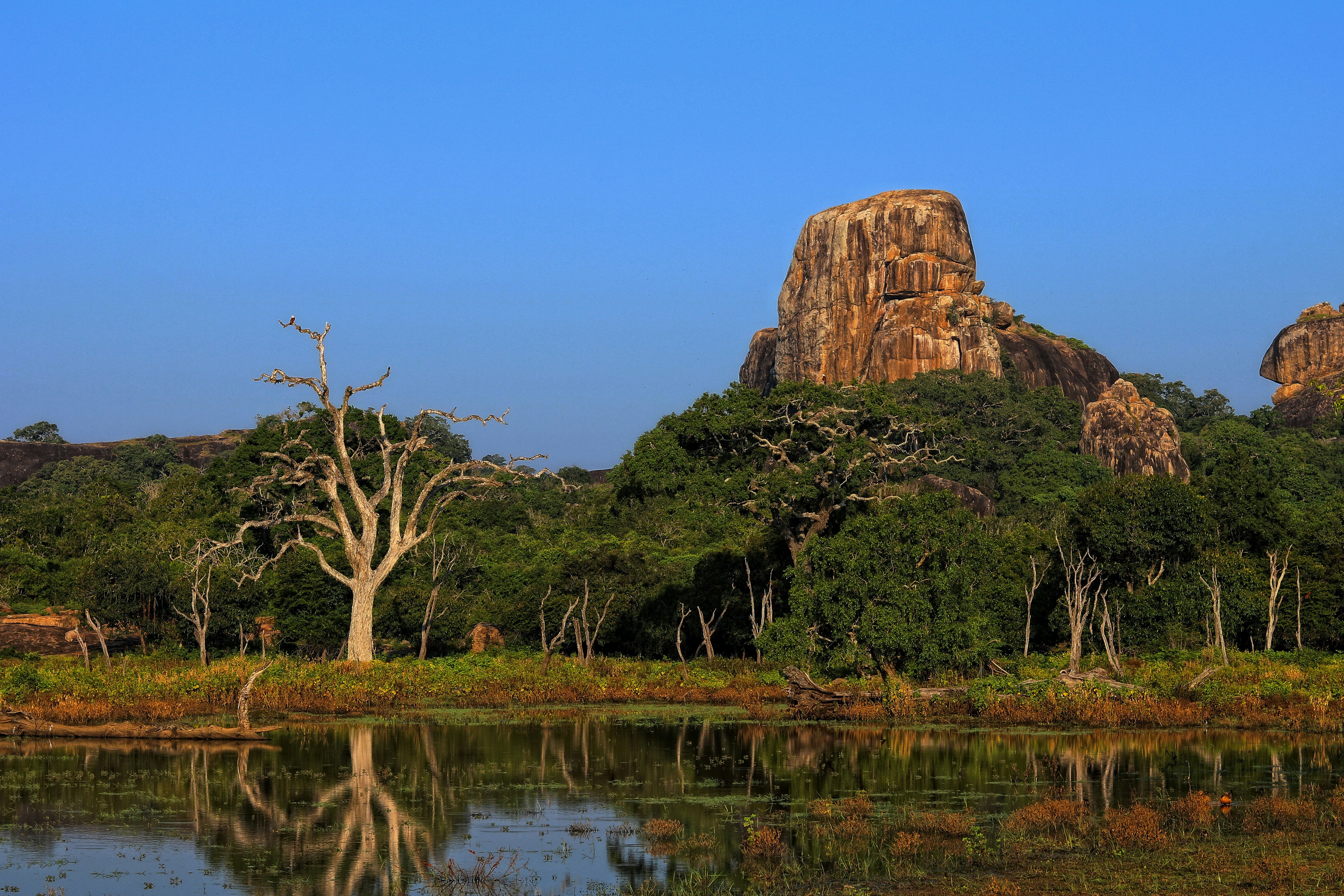
Explore Yala National Park - Sri Lanka Travel, Asia
Tucked away in Sri Lanka’s southeastern corner, Yala National Park is where wild nature meets deep tradition. Known worldwide for its leopard population, the park is also home to elephants, sloth bears, crocodiles, and hundreds of bird species. Beyond wildlife, Yala opens doors to a cultural landscape dotted with ancient temples, Buddhist ruins, and coastal villages. For travelers seeking more than just a safari, Yala offers a chance to explore eco-tourism, local communities, and sacred heritage sites.
Population: The Yala National Park area doesn’t have a human population.
Economy: The economy around Yala National Park thrives on a blend of eco-tourism, agriculture, and local services. Safari tours, eco-lodges, and cultural experiences drive steady income for nearby towns like Tissamaharama and Kataragama, supporting thousands of families.
Landmarks: Famous for Block I of Yala and wildlife encounters, including elephants, sloth bears, crocodiles, and exotic bird species.
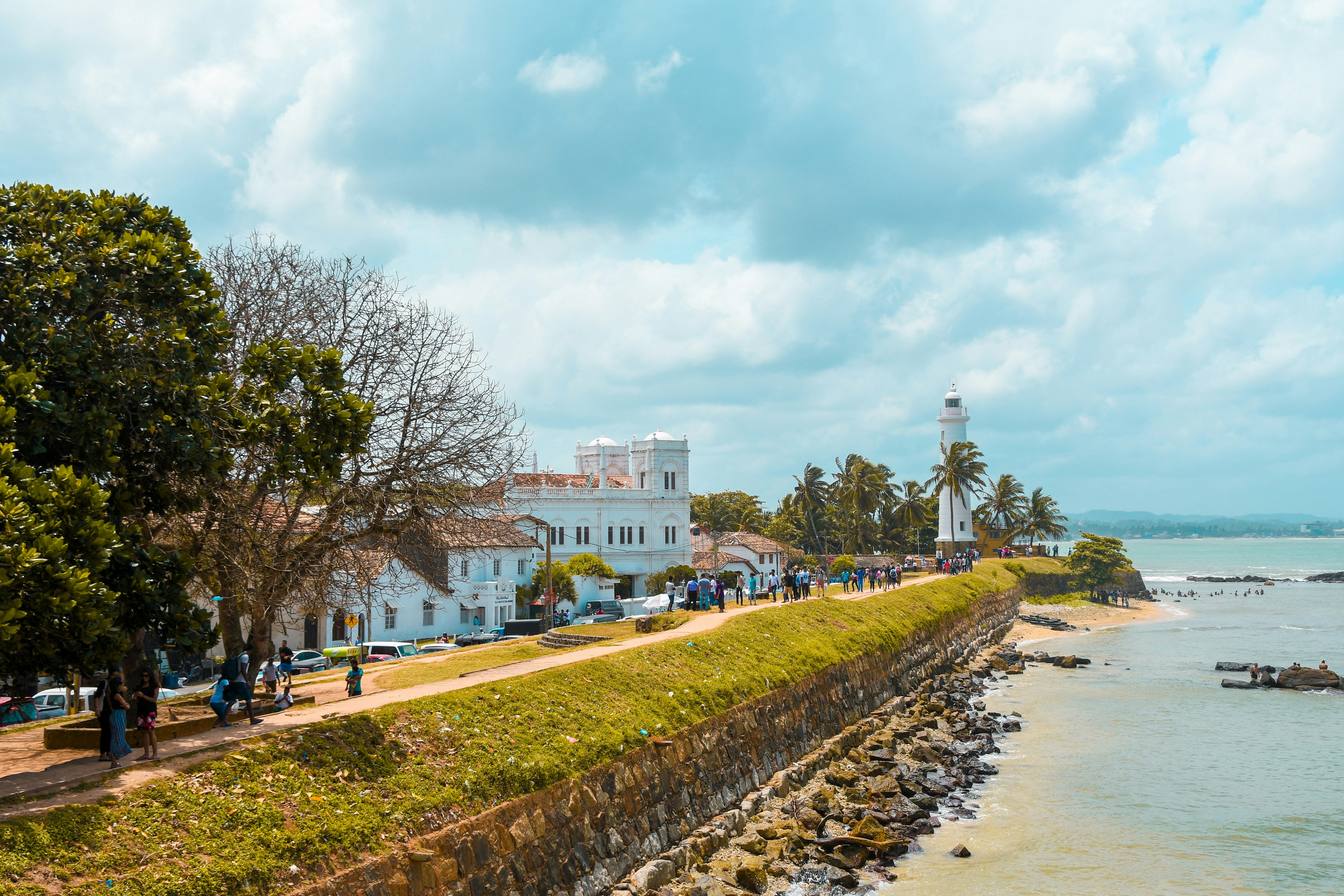
Explore Galle - Sri Lanka Travel, Asia
Nestled on Sri Lanka’s southern coastline, Galle is a vibrant city where history meets the sea. Its cobbled streets, colonial architecture, and serene beaches make it a must-visit destination for travelers seeking a blend of culture, adventure, and relaxation. A UNESCO World Heritage site, Galle captivates visitors with its Dutch Fort, bustling markets, and friendly locals. Whether you’re exploring the ramparts at sunset or savoring fresh seafood by the shore, Galle promises an unforgettable journey into Sri Lanka’s heritage.
Population: Approximately 113,000 in 2023.
Economy: Galle’s economy thrives on tourism, trade, and fisheries. The city’s historic fort, colonial architecture, and coastal charm draw thousands of international visitors each year, making tourism its main economic driver. Fishing remains vital for local livelihoods, supplying fresh seafood across the region.
Landmarks: Famous for the Galle Fort, Dutch Reformed Church & Maritime Museum, and Unawatuna Beach.
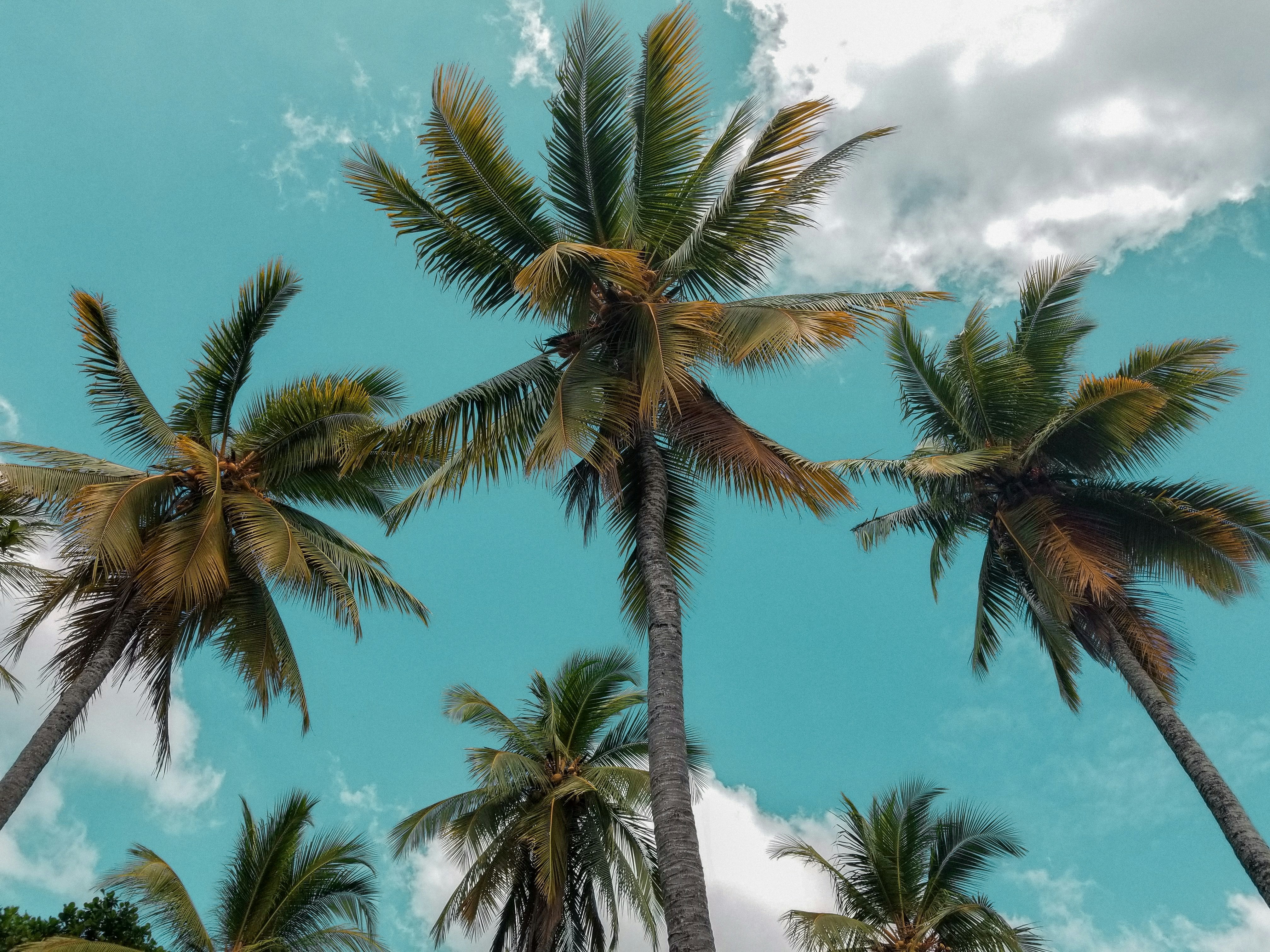
Explore Bentota - Sri Lanka Travel, Asia
Nestled along Sri Lanka’s southwestern coast, Bentota is a tropical paradise that blends golden beaches, vibrant culture, and thrilling adventures. Famous for its calm waters, luxury resorts, and scenic river estuary, Bentota has become a top destination for travelers seeking both relaxation and authentic experiences. From serene beach walks at sunrise to adrenaline-pumping water sports, this coastal town offers a perfect balance of leisure and exploration. With its proximity to Colombo and Galle, Bentota is easy to reach, making it an ideal stop for both short escapes and extended holidays.
Population: Approximately 37,000 in 2023.
Economy: Bentota’s economy thrives mainly on tourism, which drives local businesses such as hotels, restaurants, and wellness retreats. The town also benefits from fishing, coconut cultivation, and handicrafts like wood carving and batik textiles. Many residents rely on the growing demand for water sports and Ayurvedic treatments, making tourism the backbone of both income and employment in the area.
Landmarks: Famous for Bentota Beach, Bentota River Safari, and Kande Vihara Temple.
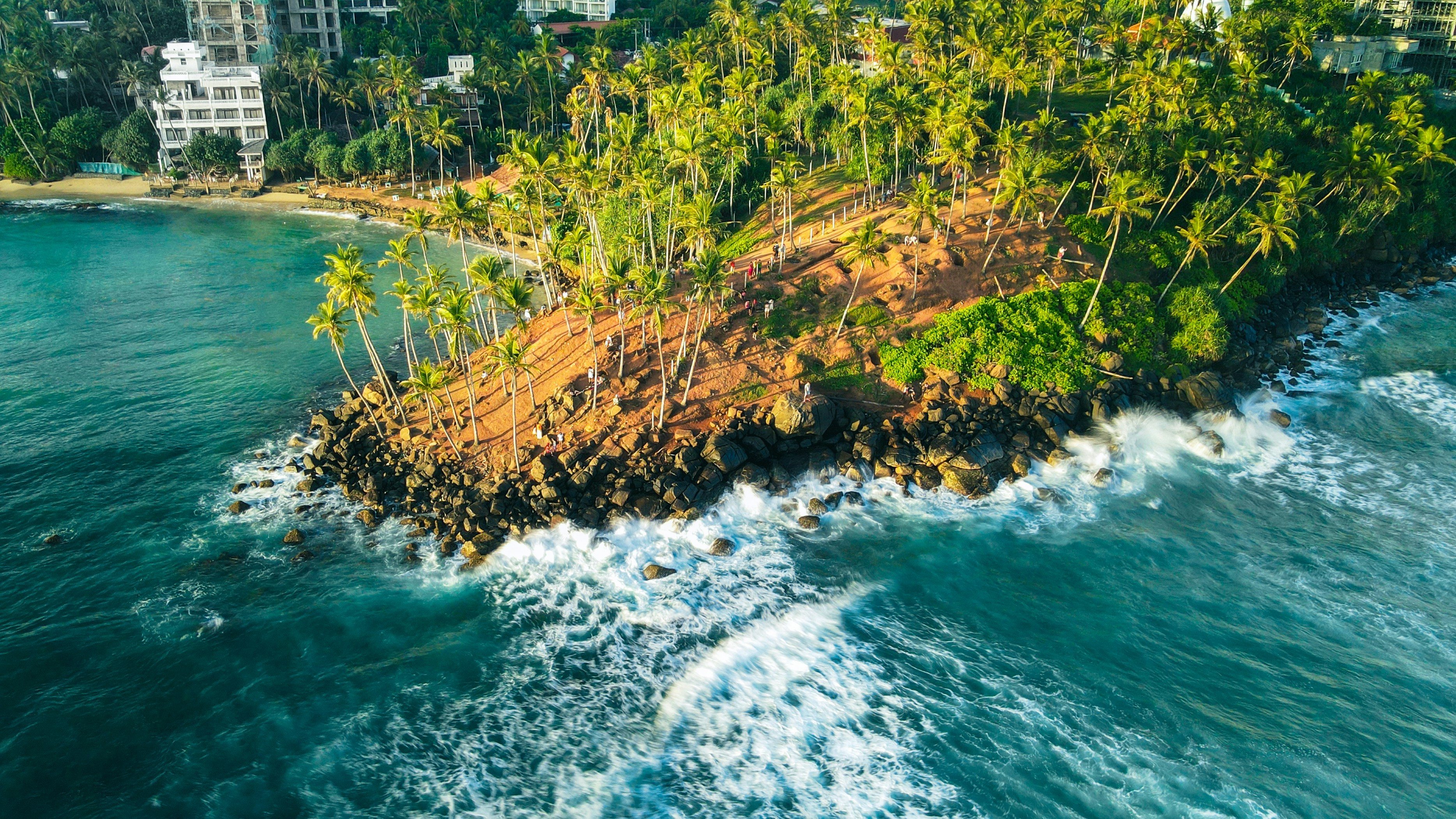
Explore Mirissa - Sri Lanka Travel, Asia
Mirissa is a charming coastal town on Sri Lanka’s southern shoreline. Known for its golden beaches, turquoise waters, and vibrant marine life, it has become a must-visit stop for travelers exploring the island. Many come for whale watching, surfing, and sunset views at Coconut Tree Hill, but Mirissa offers much more than postcard beauty. The fishing boats you see anchored by the bay carry generations of stories. Local traditions, delicious cuisine, and a laid-back rhythm of life shape every visitor’s experience.
Population: Approximately 4,700 in 2023.
Economy: Mirissa’s economy is largely shaped by its coastal location. Fishing has long been the backbone of local livelihoods, with generations relying on the Indian Ocean for income. In recent decades, tourism has become the main driver of growth, thanks to whale watching, surfing, and beachside hospitality.
Landmarks: Famous for Mirissa Beach, Coconut Tree Hill, and Parrot Rock Bridge.
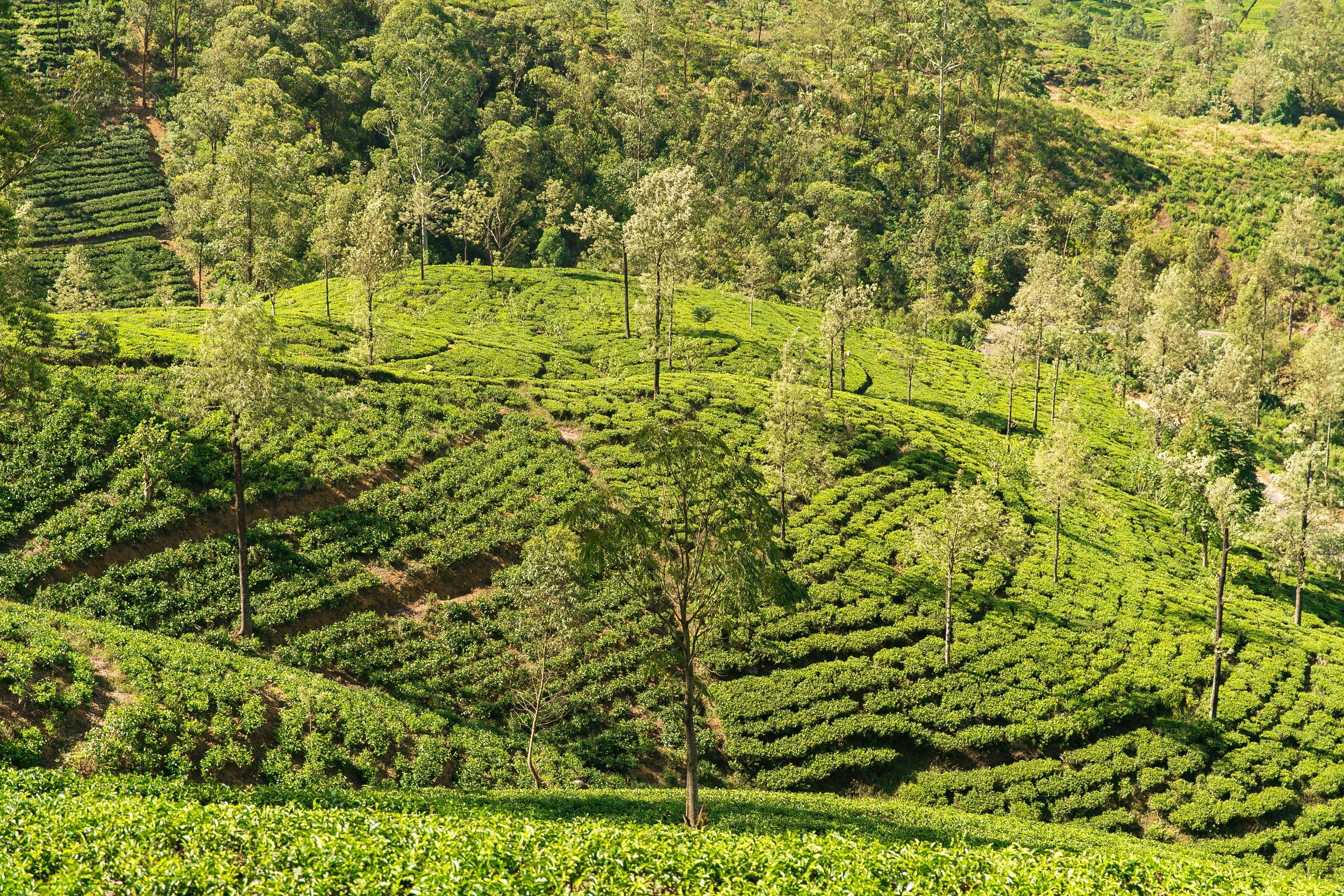
Explore Nuwara Eliya - Sri Lanka Travel, Asia
Tucked away in the Central Highlands of Sri Lanka, Nuwara Eliya is often called “Little England”. With its rolling tea plantations, cool misty mornings, and colonial charm, this mountain town feels like a step into another world. Travelers come here to breathe fresh air, walk through flower gardens, sip the finest Ceylon Tea, and enjoy a pace of life far from the island’s busy cities. Whether you’re drawn by scenic landscapes, heritage architecture, or the warmth of its people, Nuwara Eliya is a destination that blends nature, culture, and history in perfect harmony.
Population: Approximately 781,000 in 2023.
Economy: Nuwara Eliya’s economy thrives mainly on tea production, as it sits in the heart of Sri Lanka’s central highlands, famous worldwide for Ceylon Tea. The city also benefits from a growing tourism industry, attracting visitors with its colonial charm, cool climate, and scenic landscapes.
Landmarks: Famous for Gregory Lake, Hakgala Botanical Garden, and Victoria Park.
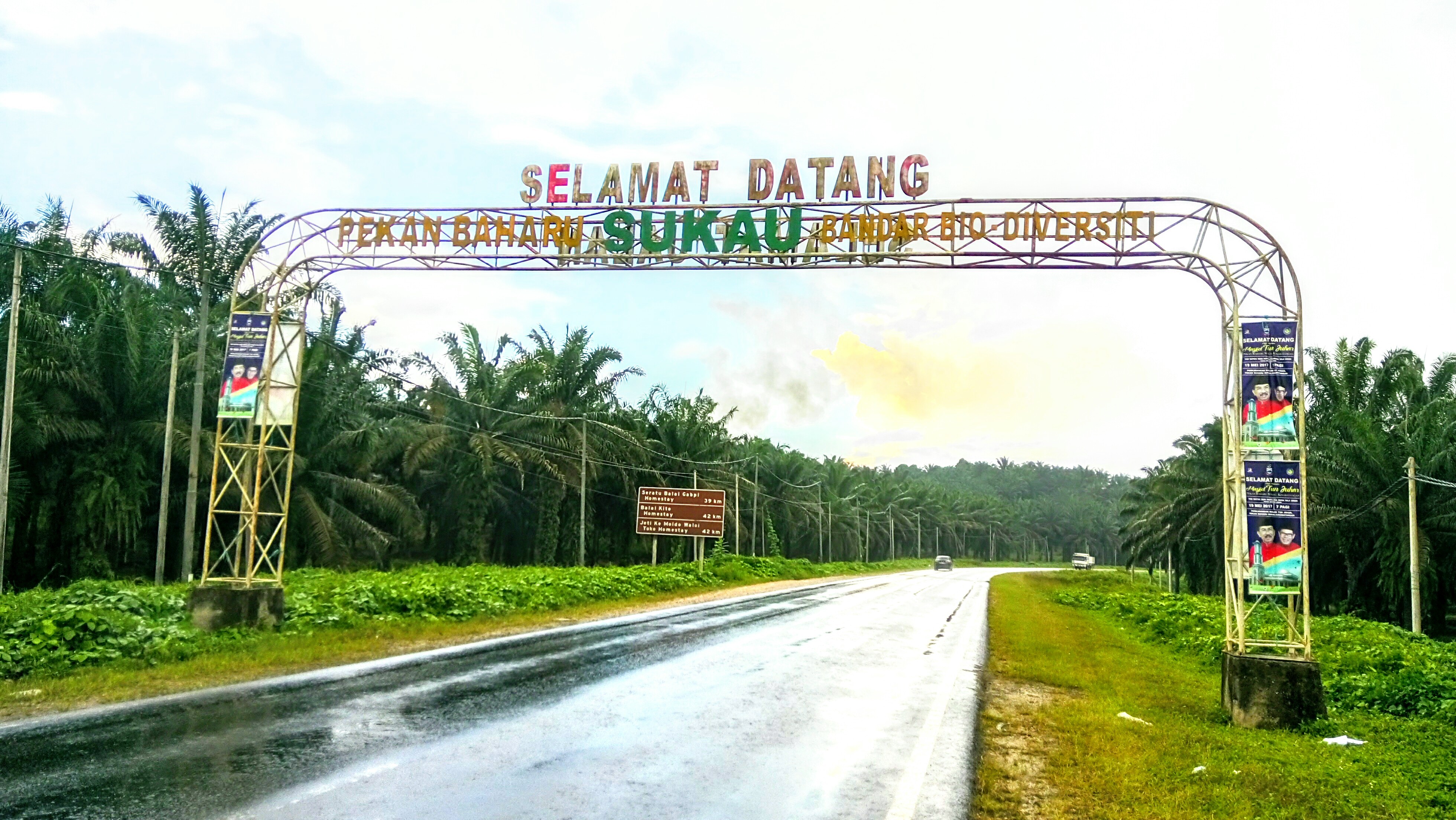
Explore Sukau - Malaysia Travel, Asia
Nestled on the banks of the Kinabatangan River in Sabah, Malaysian Borneo, Sukau is a destination where wildlife, culture, and conservation come together. Known as one of Asia’s top spots for river safaris and eco-tourism, this quiet village offers a front-row seat to encounters with Bornean orangutans, pygmy elephants, proboscis monkeys, and exotic birdlife.
Population: Approximately 1,400 in 2019.
Economy: Sukau’s economy is shaped by its riverine location and natural resources. Traditionally, the Orang Sungai community relied on fishing, small-scale farming, and forest gathering for their livelihood. Today, the village has shifted toward eco-tourism, with river cruises, jungle trekking, and homestays providing income.
Landmarks: Famous for the Kinabatangan River cruises, Gomantong Caves, and Ox-bow lakes and wetlands.
